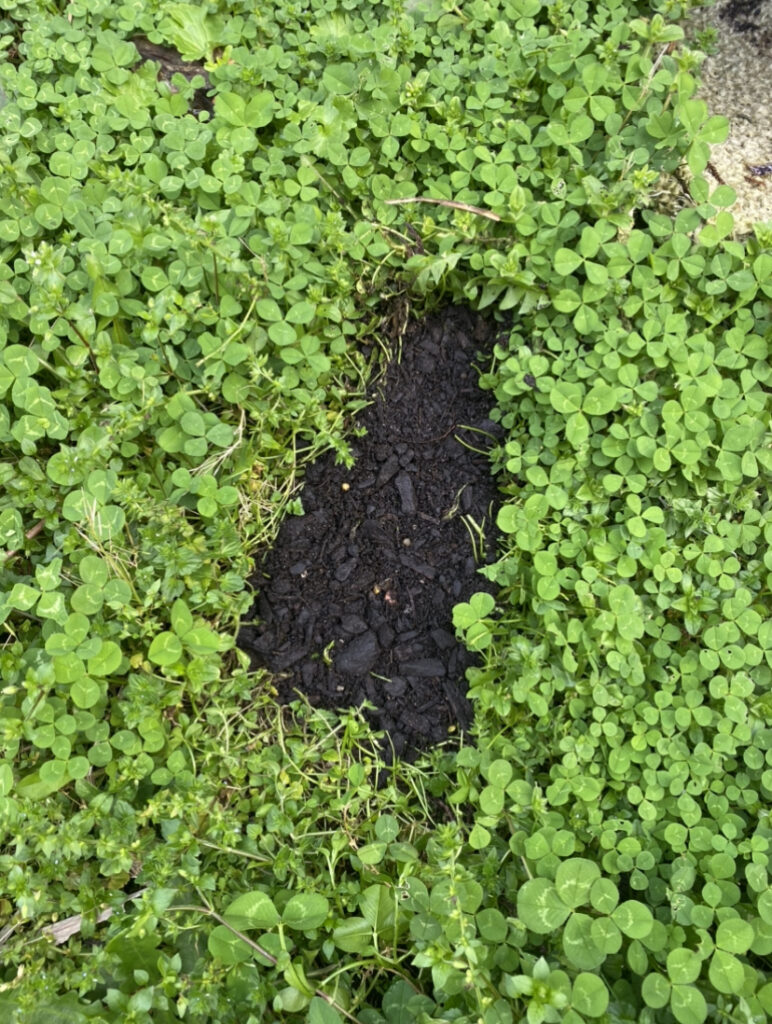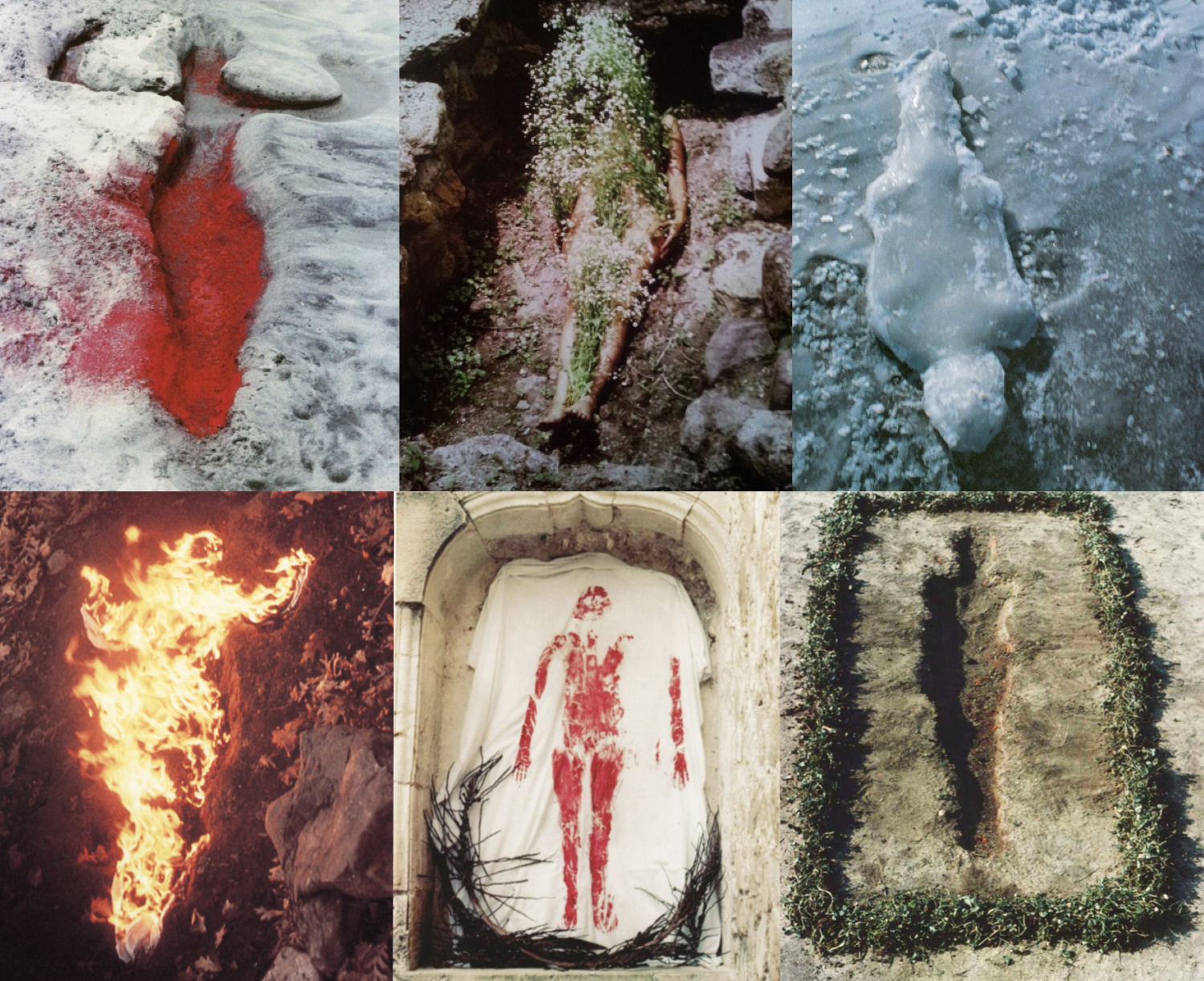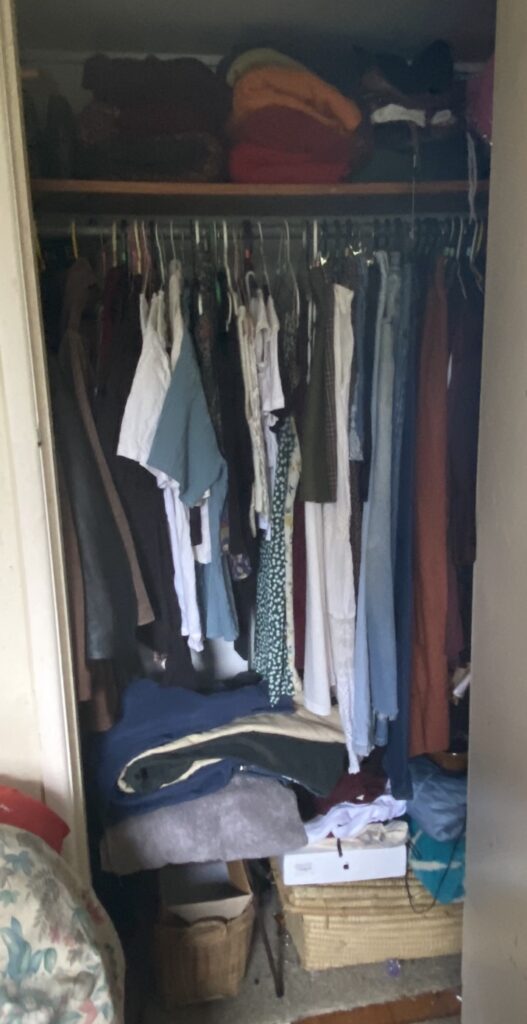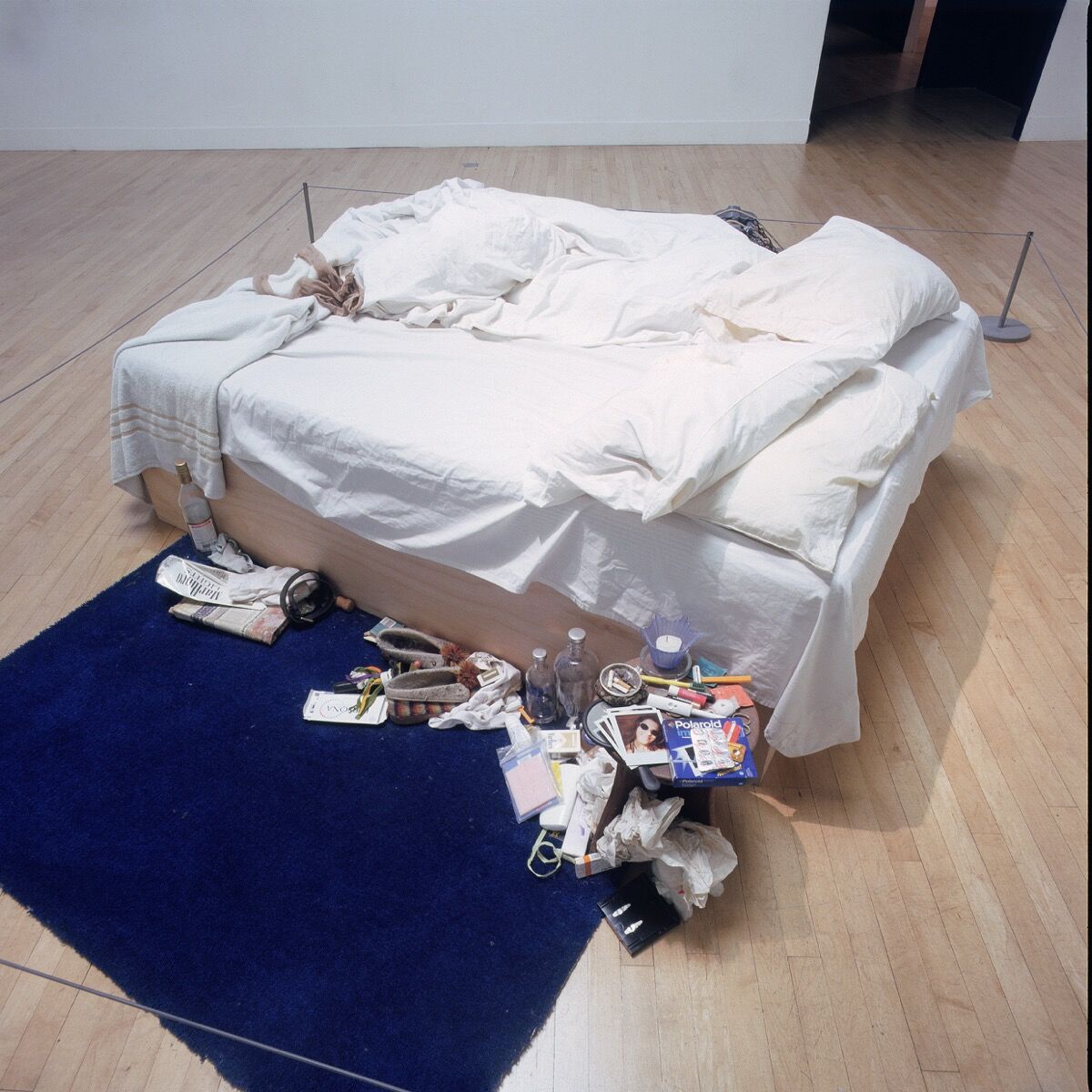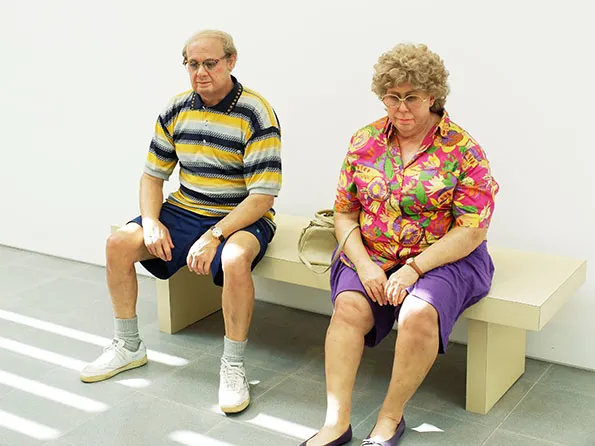Jon Duff
Duff is a painter and sculpture based in Brooklyn, New York. What interested me about Duff’s work was how he assembled things of different textures. There’s substance, natural materials, leaves, trigs, rocks and plastic/ porcelain. I really enjoy his work, Meeting Cup, the resin is dripping and smothers the assemblage- something I would like to use in my work. Although his leaves and plants look to be made of plastic, I would like to natural resources in my work.

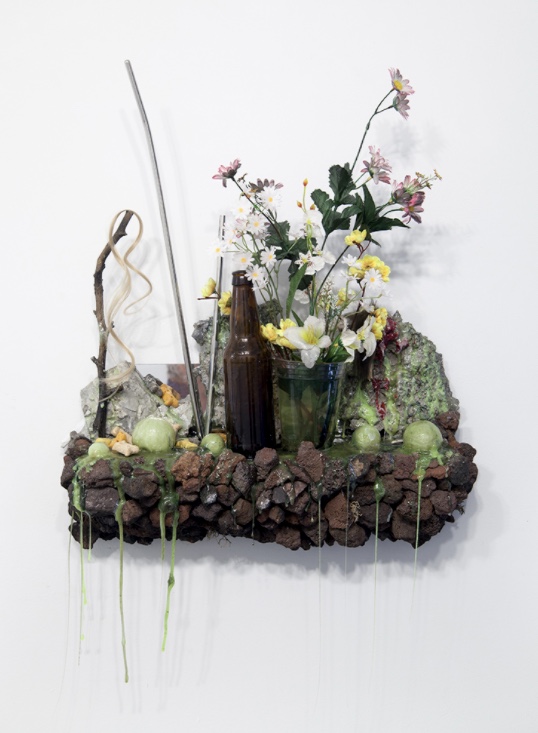
Elliott Hundley
Hundley is an artist based in Los Angeles. His works are inspired by Geek tragedy and classic mythology.
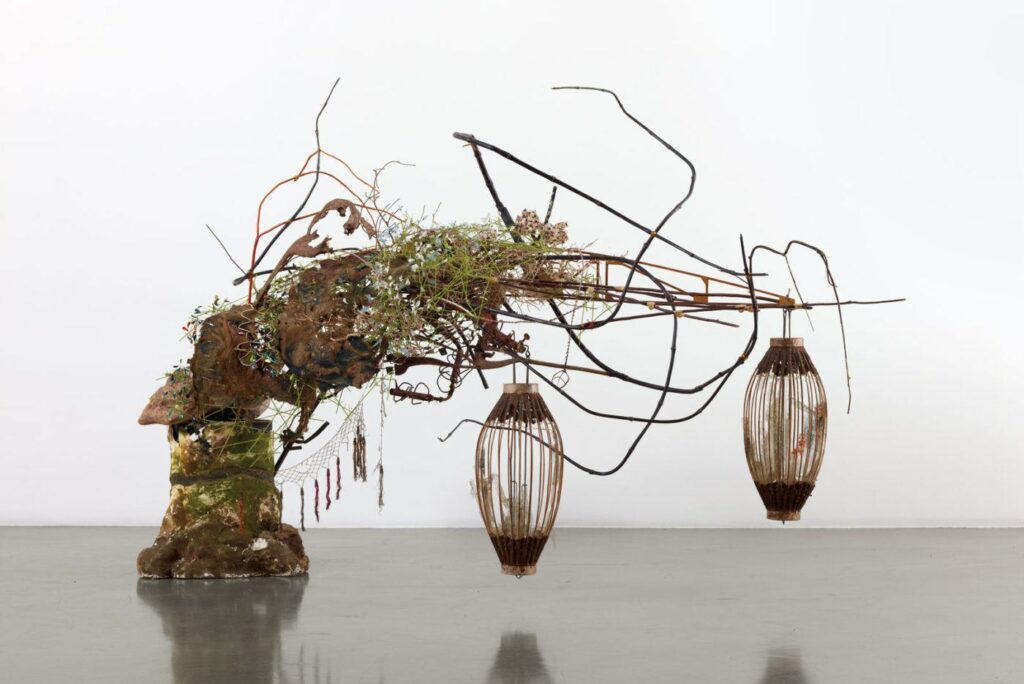
In his work he uses materials like gold leaf, shredded tapestries, metal wires, pine cones, and lobster legs, to create symbolic sculptures of Greek tragedies such as Dionysus, the god of fruitfulness and wine, avenging his mother, Semele.
I really love Hundley’s work because he assembles natural materials that work really well together, like how he ties wire and string together so it looks so elegantly, along with having moments where they stick out as if they’re reaching out.
For my assemblages, I want to use natural materials, experiment with different ways of tying things together and finding ways to contrast materials (eg. Sharp/soft)
Bibliography
John Duff, https://www.jonduff.com/sculpture
https://www.artforum.com/picks/elliott-hundley-28486






















